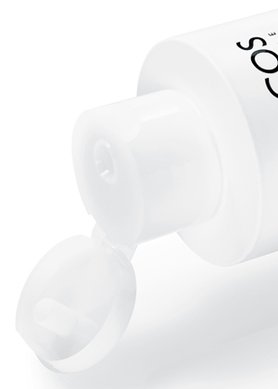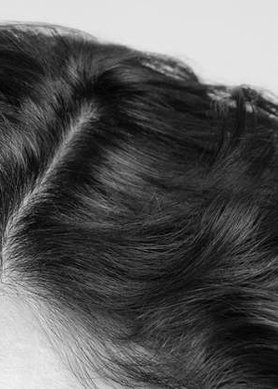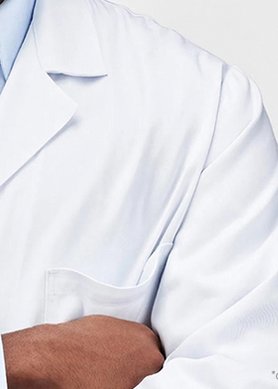So, what is Dandruff?
Dandruff is characterised by the shedding of dead skin cells from the scalp, often leading to visible white or yellowish flakes in the hair and/or on the shoulders. These flakes can be oily or dry, and their appearance is sometimes accompanied by redness and itching sensations.
What causes Dandruff and Contributing Factors:
Unbalanced scalp microbiome: The microbiome is the invisible ecosystem of microorganisms which forms an integral component of the skin’s surface, including the scalp. It's essential to skin wellbeing and plays a key role in skin protection. If the natural balance of scalp microorganisms is disturbed for any reason it can lead to skin cell proliferation and flaking.
Unbalanced sebum production: Sebum is produced by sebaceous glands in the skin. An excessively oily scalp can lead to an imbalance of the microbiome, which can potentially cause discomfort on the scalp, and trigger dandruff.
Altered skin moisture barrier function caused by both microbiome imbalance and dysregulation of sebum production, resulting in rough patches on the skin and flaky scalp.
These three causes can provoke each other in a self-perpetuating cycle. Other factors, such as personal predisposition and environmental factors, can also initiate dandruff.
Differences Between Dandruff and Dry Scalp:
Although they may share similar symptoms like flakes on the scalp, extra sensitivity to hair care products, and a tight and itchy-feeling scalp, dandruff is not the same as a dry scalp.
A dry scalp occurs for the same reason as dry skin elsewhere on the body: there's insufficient sebum to keep it adequately moisturised. This could be because of insufficient sebum production, excessively drying conditions, or just straight up dehydration from not drinking sufficient water. The top layer of the skin dries out and then sheds as fine flakes.
Dandruff, on the other hand, can be associated with oily or dry skin.






